Most of us have heard several conspiracy theories and rumors surrounding USAs manned mission to the moon, but seldom do we hear about USSRs attempt to land a man on the moon. It is a widely known fact, that USSR never flew a manned mission to the moon and eventually lost the space race. Yet, remarkably little is known, as for why it never happened? The Soviet Union had stayed ahead of the United States throughout the 50’s and early 60’s. Be it launching the first satellite (Sputnik-1) or the first animal (Laika) or the first human in space (Yuri Gagarin), USSR was even the first to send a probe to the moon (Luna-1) and also the first to take images of the far side of the moon (Luna-3). But when it came to the moon, they have not yet sent a man up there. These stats do make us wonder, why couldn’t they land a man on the moon?
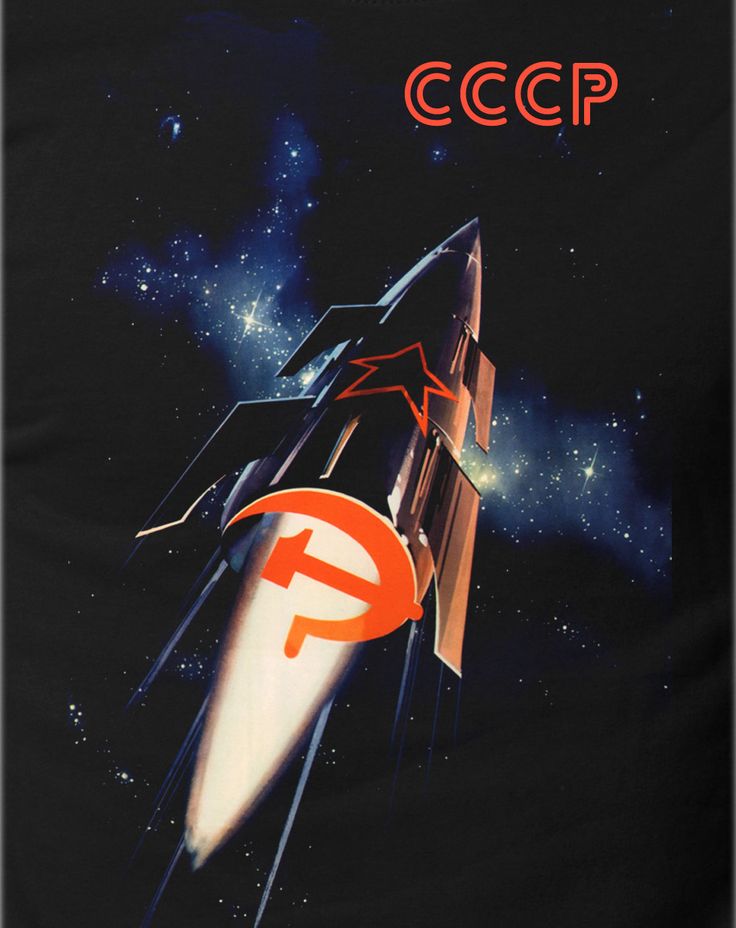
Conspiracy theorists have long believed of a possible alien habitat on the far side of the moon and argued that images taken by Luna-3 forced USSR to abort a manned moon mission. They allege that there exist a huge alien base on the far side of the moon. According to them USA and USSR secretly collaborated with each other to deceive the public and keep them in the dark. As much as I would like to believe that Mr. Sentinel Prime is still up there locked up in his massive ship and that the Decepticons are secretly moving hundreds of space bridge pillars out of the Ark at this very instant, scientific evidence and research make it hard for me to do so.
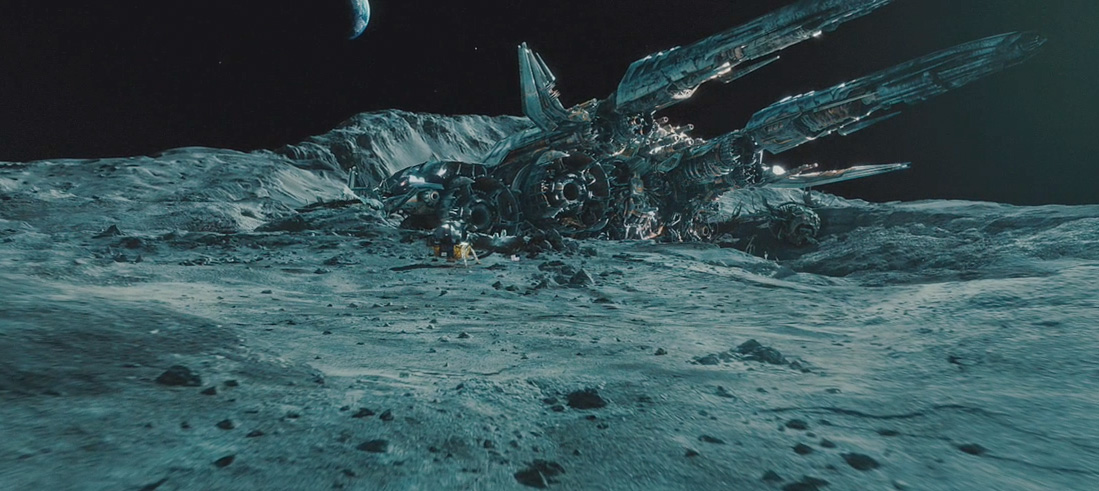
But the crucial question remains, what made them back out of the space race? The reason behind the back out is most definitely not aliens or moon rabbit or a giant Autobot ship with precious cargo on board. In fact, the reason was hidden within the Soviet high command and their inadequate infrastructure. During the late 1950s and early 1960s, the Soviet leadership was not interested in competing with the United States over the moon. Nikita Khrushchev was way more interested in developing ICBMs for the strategic rocket forces of the Soviet Union than reaching the moon. Though some factions inside the Soviet establishment did want to send a man to the moon (including Sergi Korolev, the one man army of the Soviet space program), many considered it a waste of precious resources. Unlike NASA the Soviets had multiple rival groups within the same organization, competing with each other over design rights and projects.The problem was so severe that at one point the Soviets had about 30 overlapping design for launchers and space vehicles for the same program. Hence, even though “Chief Designer” (the name Sergi Korolev was known as) was best suited to handle the moon mission, less experienced Vladimir Chelomey was given the task because of his patronage by Khrushchev.The lack of experience caused unnecessary delays slowed the program’s progress, on the other hand, NASA was making great strides with its Apollo mission.
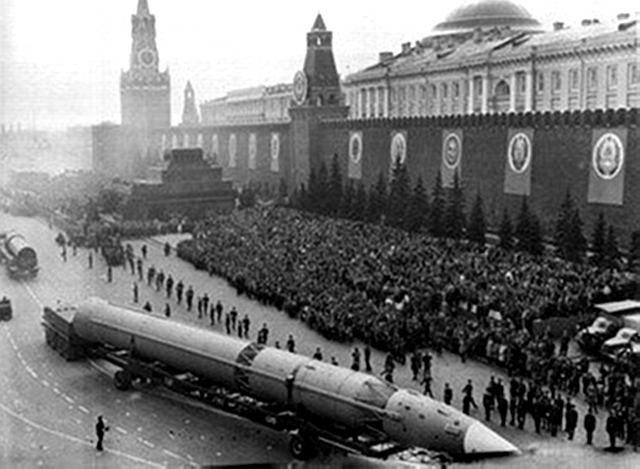
But with the change of leadership in 1964, the mission was given back to Korolev, and he pushed through his designs over that of Chelomey. It was the new administration that finally took the decision to compete for the moon and set the 50th anniversary of the Soviet Union (1967) as the year they would reach the moon. The new deadline posed serious new problems. The Soviets did not possess the time, resources or industrial infrastructure to build a massive new engine for the N-1 rocket, couple that with the shift of power from one engine design bureau to another and the difficult task now suddenly becomes impossible. To overcome this obstacle instead of using large engines like the Americans, the Soviets decided to go with smaller engines. While these engines were able to achieve a level of thrust and efficiency thought to be impossible, operating on a closed cycle they were not particularly reliable and far more dangerous than the American engine.
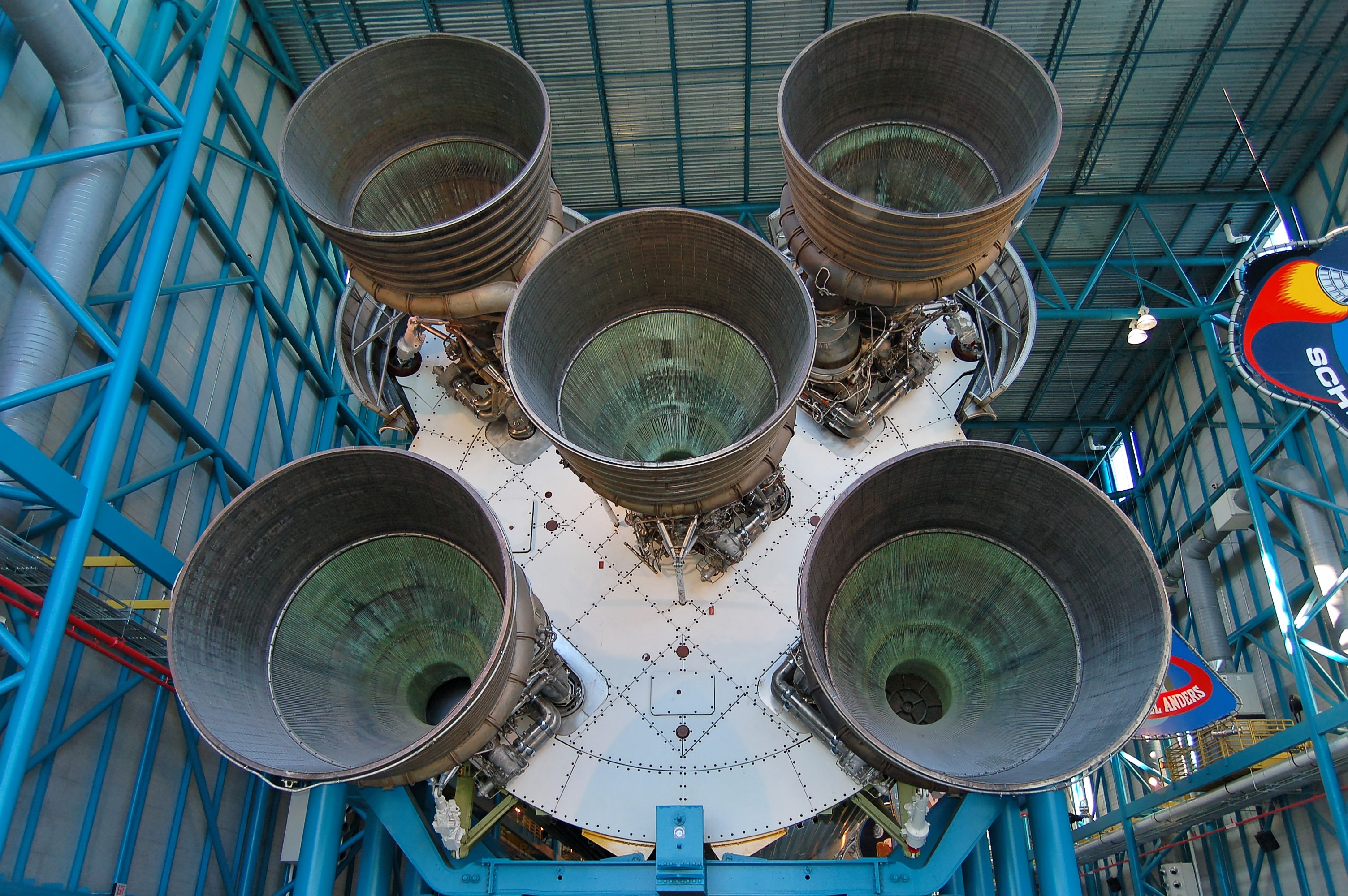

Having more engines lead to an increased chance of one or multiple engine failure, making the N-1 less reliable. The Soviets lacked the infrastructure to test all 30 of the N-1 motors at once and on top of that only 2 out of the batch of 6 engines were ever tested. Compare that to the Americans, who meticulously tested each and every engine before the launch, and we can easily deduce why all 4 of the N-1 rocket tests failed so miserably. These failures were so catastrophic that they delayed the project by several years, for example during the 3rd launch the rocket broke off due to extreme stress on its structure and caused an explosion equivalent to 3.8 million tons of TNT ( basically a small nuclear bomb) and was visible from over 22 miles. By the time the Soviets had rectified most of the faults in their engine the Americans had been to the moon 6 times.
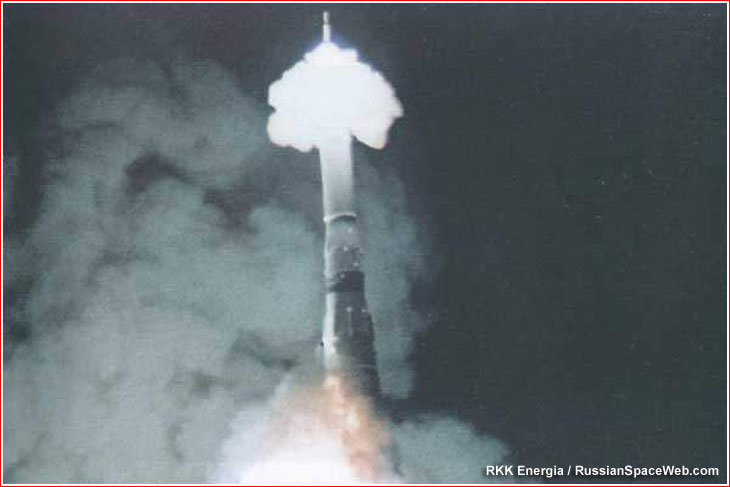
While scientists were willing to conduct a 5th launch of the N-1 rocket, Soviet leadership voted against it. Scraping the entire project and ordering the destruction of all N-1 rockets and engine by 1976, to hide the failure and force the Americans to believe that the race was still on. Fortunately, the story does not end here, about 20 years after they were meant to be destroyed 60 NK-43( the engine of the N-1 rocket) were discovered and sold to the US for about 1.1 million dollars a piece. Even though the Soviets had scrapped the program, towards the end, the NK-43 engines had become much more reliable and also the most efficient and powerful engine for their size. In fact, the RD-180 engine of the modern Atlas-V heavy lift vehicle is still based on the Nk-43 engine.
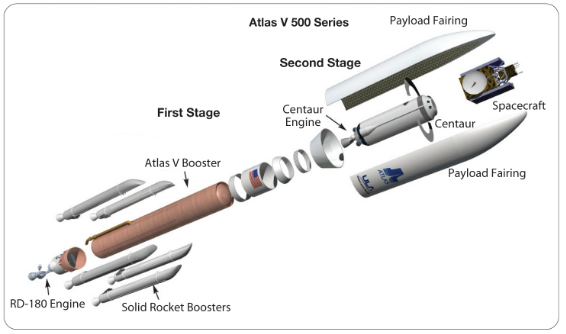

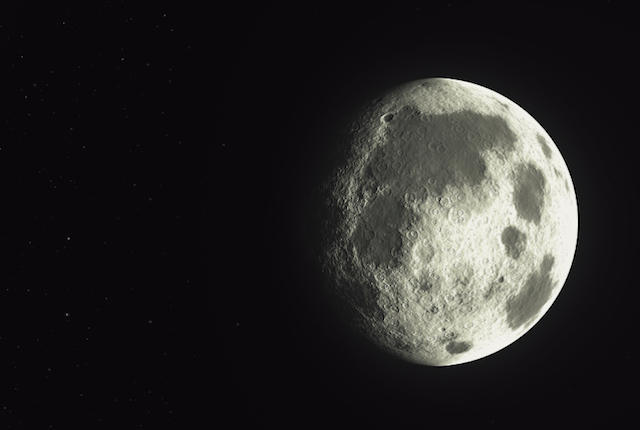
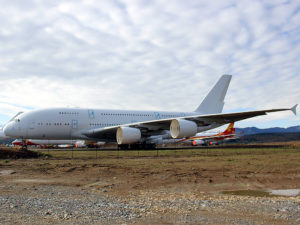
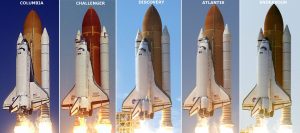
Nice article looks like you have done quite a research.
Wow v nice article akash..now u r a big boy
Interesting Weldon
Not really my field of interest, but fascinating, regardless.
And great illustrations.